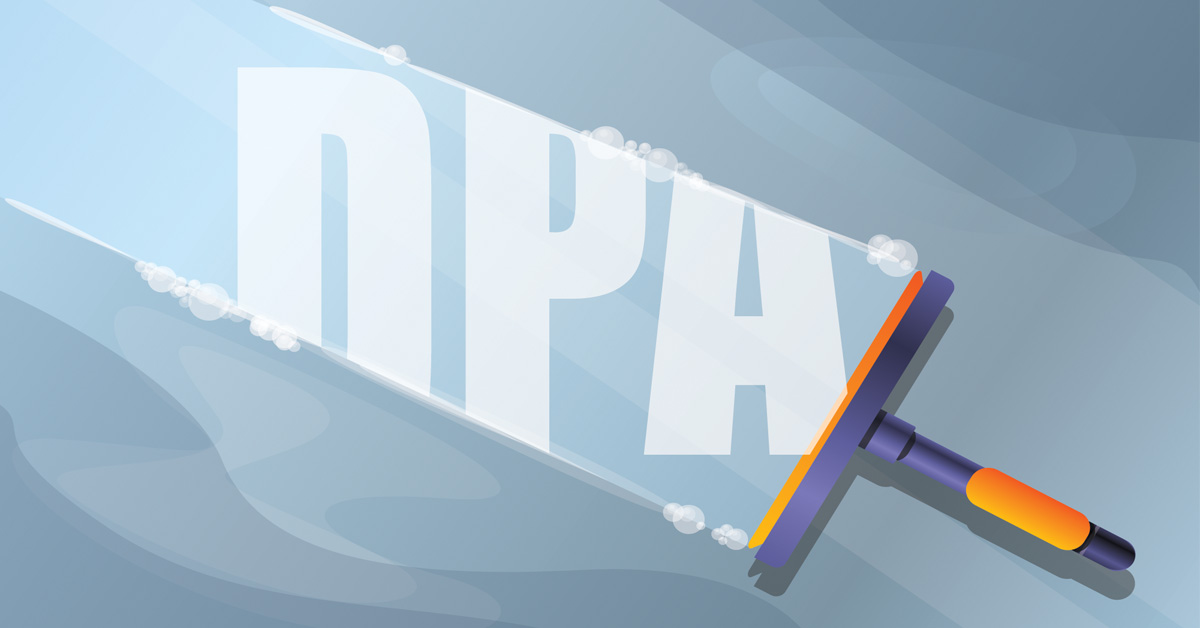If you’re a mortgage originator still on the fence about downpayment assistance (DPA) programs, it’s time to get on board. DPA presents a large and untapped opportunity to grow your pipeline and form long-lasting ties with community-based housing organizations while attracting and retaining new clients.
Helping borrowers to obtain additional funding means they can purchase sooner rather than later — sometimes years sooner. This allows these clients to start building generational wealth through homeownership.
In fact, the numbers show that as borrowers retreat from rising interest rates and home prices, they’re growing increasingly curious about DPA programs. Zillow reported that more than 1 million unique visitors filled out a form on its website in 2022 with income and employment information to learn about DPA eligibility.
The groundswell of interest in DPA may be the advantage you need to originate more home purchase loans during a slow time in the market. By understanding these programs, you can help meet the acute consumer demand for affordable home financing while building referral partnerships with Realtors and housing finance agencies.
Influential originators have reported that content about downpayment assistance is popular, especially on platforms like TikTok and Instagram. So, why aren’t more lenders using this resource to help cash-strapped buyers move forward into homeownership and, as an added benefit, to help narrow the minority homeownership gap? It’s likely that many lenders and the originators who work with them still have misconceptions about these programs.
Demonstrated need
Too many originators assume that DPA programs aren’t available in their market. In fact, all 3,143 U.S. counties have at least one homebuyer assistance program, and more than 2,000 counties have 10 or more programs. Plus, despite challenging economic conditions and market dynamics, more DPA programs have been made available in recent years.
There is clearly a need. One-third of all declined loan applications were rejected for reasons that could have been resolved by applying for homebuyer assistance, according to a Down Payment Resource analysis of federal loan data. Borrowers could have received an estimated average benefit of $17,000, according to the analysis. When that is applied, it increased the cash to close and reduced the loan-to-value ratio by an average of 6%, thereby improving debt-to-income ratios as well.
Some originators believe that their clients won’t qualify for one of these programs. But there are DPA programs for all kinds of buyers. While some programs are specific to first-time buyers (defined as someone who hasn’t owned a home in three years), many of them are open to repeat buyers. In addition, there are also specialty programs for targeted groups such as first-generation buyers, underrepresented groups (including indigenous people), veterans, first responders, educators and more. Plus, some programs make DPA available to buyers of manufactured housing and properties with up to four units.
If you’re worried your borrower will not qualify based on income or home price, many programs adjust these limits in certain markets. In the state of New York, for instance, program benefits range up to $100,000 and can be used by people who earn as much as $162,000 per year to purchase homes priced up to $970,000. The average maximum program benefit is roughly $28,500.
Straightforward requirements
Another worry is that these programs are too complicated and will extend transaction times. These offerings are pretty straightforward once you’re familiar with a program’s requirements — and they shouldn’t extend transaction timelines. Before pursuing a DPA program, read through the requirements and talk to plan administrators so you’re properly explaining them to your borrowers.
Most DPA programs require borrowers to attend homebuyer education courses. These are often held online so they can be completed at the buyer’s convenience. You should proactively inform borrowers and real estate agents of any required coursework so it can be knocked out upfront and doesn’t interfere with funding timelines.
Another concern is that real estate agents don’t want to work with these programs. But today’s purchase market is slow for everyone, which has made agents eager to find affordable financing for their clients. In fact, many real estate agents are looking for lender contacts that can reliably finance home purchases with these programs. This could be a referral-lead generator.
When engaging with an agent new to these programs, you will likely need to point them to educational resources so they understand the scope and how DPA will help them get more people into homes. Like some lenders, they may have misconceptions about how the programs work or who can qualify. Be their trusted partner who helps them tap into this enormously valuable resource.
Another refrain is that home prices are too high for DPA to make a difference. Actually, the opposite is true. Having more money for a downpayment will make a difference in any market. Borrowers can secure a better interest rate and a lower monthly payment, or they might be able to move to a different loan product such as conventional financing. These programs are especially valuable for younger borrowers and those without generational wealth who haven’t had as much time to save. Many of the programs in the U.S. are completely forgivable or offer deferred repayment.
Wealth-building potential
There are hundreds of agencies and nonprofits at the state and local levels that are trying to get DPA programs into the hands of homebuyers. These organizations would jump at the chance to work with you and help more of your clients qualify for loans.
They can also help your clients who are unable to qualify now with a plan to improve their finances so they can be approved for a mortgage in the future. Referrals like this can create a steady revenue stream and open cross-selling opportunities.
There are other benefits to being DPA conversant. Fannie Mae and Freddie Mac have outlined the need to close racial homeownership gaps as a top priority in their Equitable Housing Finance Plans. This is part of their evolving strategy to help buyers of color achieve affordable and sustainable homeownership. Originators who understand these programs help to narrow these gaps.
Loan officers and brokers can better serve the millions of Americans who want to build wealth through homeownership but need financial support and education to make it happen. There’s never been a better time to get started. ●
Author
-

Rob Chrane is founder and CEO of Down Payment Resource and is a leader in the homeownership affordability space. A 30-year housing industry veteran, Chrane launched a comprehensive database of U.S. homebuyer assistance programs and develops tools that enable lenders, borrowers and real estate professionals to connect homebuyers with affordability programs.





